Object-Oriented Analysis and Design for Information Systems: Modeling with UML, OCL, and IFMLRaul Sidnei Wazlawick Object-Oriented Analysis and Design for Information Systems clearly explains real object-oriented programming in practice. Expert author Raul Sidnei Wazlawick explains concepts such as object responsibility, visibility and the real need for delegation in detail. The object-oriented code generated by using these concepts in a systematic way is concise, organized and reusable.
The patterns and solutions presented in this book are based in research and industrial applications. You will come away with clarity regarding processes and use cases and a clear understand of how to expand a use case. Wazlawick clearly explains clearly how to build meaningful sequence diagrams. Object-Oriented Analysis and Design for Information Systems illustrates how and why building a class model is not just placing classes into a diagram. You will learn the necessary organizational patterns so that your software architecture will be maintainable. Learn how to build better class models, which are more maintainable and understandable.Write use cases in a more efficient and standardized way, using more effective and less complex diagrams.Build true object-oriented code with division of responsibility and delegation. Die Sketchnote StarthilfeTanja Wehr Zahlreiche Schritt-für-Schritt-Anleitungen für Symbole und IconsPraktischer Leitfaden für alle, die glauben, nicht zeichnen zu könnenMit einem umfangreichen Kapitel zu Schriften und Handlettering
Dieses Buch erleichtert allen den Einstieg ins Sketchnoten, insbesondere auch denen, die von sich denken, nicht zeichnen zu können. Tanja Wehr zeigt im Buch über 200 Symbole, Icons und Piktogramme Schritt für Schritt, so dass du sie ganz einfach nachzeichnen kannst.
Tanja gibt dabei zugleich zahlreiche Ideen, wie die Bildsprache in eigenen Sketchnotes eingesetzt werden kann: ein Eisberg für unbekannte Risiken, ein Diamant für Werte, ein Satellit für Kommunikation und vieles mehr.
Du lernst außerdem, wie du Emotionen mit Gesichtern und Körperhaltung visualisieren kannst.
In einem umfangreichen Kapitel zeigt dir Tanja Wehr viele verschiedene Schriften aus Blockbuchstaben und Schreibschrift, die du für Sketchnotes und Handlettering verwenden kannst.
Gestaltende Elemente wie Bilderrahmen, Schilder, Girlanden und Banner für geschickte Hervorhebungen machen deine Sketchnotes noch übersichtlicher.
Außerdem zeigt dir Tanja, wie du Schatten und Farbe einsetzen kannst und wie du für große Sketchnotes den Aufbau gestaltest.
Du findest im Buch zahlreiche Übungen und Tipps aus der Praxis, so dass dir die ersten Schritte mit spielerischer Leichtigkeit gelingen und du die im Buch gezeigten Zeichnungen sofort umsetzen kannst. The Object-Oriented Thought ProcessMatt Weisfeld The Object-Oriented Thought Process
Third Edition
Matt Weisfeld
An introduction to object-oriented concepts for developers looking to master modern application practices.
Object-oriented programming (OOP) is the foundation of modern programming languages, including C++, Java, C#, and Visual Basic .NET. By designing with objects rather than treating the code and data as separate entities, OOP allows objects to fully utilize other objects’ services as well as inherit their functionality. OOP promotes code portability and reuse, but requires a shift in thinking to be fully understood. Before jumping into the world of object-oriented programming languages, you must first master The Object-Oriented Thought Process.
Written by a developer for developers who want to make the leap to object-oriented technologies as well as managers who simply want to understand what they are managing, The Object-Oriented Thought Process provides a solution-oriented approach to object-oriented programming. Readers will learn to understand object-oriented design with inheritance or composition, object aggregation and association, and the difference between interfaces and implementations. Readers will also become more efficient and better thinkers in terms of object-oriented development.
This revised edition focuses on interoperability across various technologies, primarily using XML as the communication mechanism. A more detailed focus is placed on how business objects operate over networks, including client/server architectures and web services.
“Programmers who aim to create high quality software–as all programmers should–must learn the varied subtleties of the familiar yet not so familiar beasts called objects and classes. Doing so entails careful study of books such as Matt Weisfeld’s The Object-Oriented Thought Process.”
–Bill McCarty, author of Java Distributed Objects, and Object-Oriented Design in Java
Matt Weisfeld is an associate professor in business and technology at Cuyahoga Community College in Cleveland, Ohio. He has more than 20 years of experience as a professional software developer, project manager, and corporate trainer using C++, Smalltalk, .NET, and Java. He holds a BS in systems analysis, an MS in computer science, and an MBA in project management. Weisfeld has published many articles in major computer trade magazines and professional journals. Xcode 5 Developer ReferenceRichard Wentk Design, code, and build amazing apps with Xcode 5
Thanks to Apple's awesome Xcode development environment, you can create the next big app for Macs, iPhones, iPads, or iPod touches. Xcode 5 contains gigabytes of great stuff to help you develop for both OS X and iOS devices - things like sample code, utilities, companion applications, documentation, and more. And with Xcode 5 Developer Reference, you now have the ultimate step-by-step guide to it all. Immerse yourself in the heady and lucrative world of Apple app development, see how to tame the latest features and functions, and find loads of smart tips and guidance with this practical book. Shows developers how to use Xcode 5 to create apps for OS X and the whole family of iOS devices, including the latest iPhones, iPads, and iPod touchesCovers the Xcode rapid development environment in detail, including utilities, companion applications, and moreIncludes a companion website with sample code and other helpful filesWritten by an experienced developer and Apple-focused journalist with solid experience in teaching Apple development
If you want to create killer Apple apps with Xcode 5, start with Xcode 5 Developer Reference! Applied Control Theory for Embedded SystemsTim Wescott Many embedded engineers and programmers who need to implement basic process or motion control as part of a product design do not have formal training or experience in control system theory. Although some projects require advanced and very sophisticated control systems expertise, the majority of embedded control problems can be solved without resorting to heavy math and complicated control theory. However, existing texts on the subject are highly mathematical and theoretical and do not offer practical examples for embedded designers. This book is different;it presents mathematical background with sufficient rigor for an engineering text, but it concentrates on providing practical application examples that can be used to design working systems, without needing to fully understand the math and high-level theory operating behind the scenes. The author, an engineer with many years of experience in the application of control system theory to embedded designs, offers a concise presentation of the basics of control theory as it pertains to an embedded environment.
* Practical, down-to-earth guide teaches engineers to apply practical control theorems without needing to employ rigorous math
* Covers the latest concepts in control systems with embedded digital controllers
* The accompanying CD-ROM contains source code and real-world application examples to help users create fully working systems Signals and Systems For DummiesMark Wickert Getting mixed signals in your signals and systems course?
The concepts covered in a typical signals and systems course are often considered by engineering students to be some of the most difficult to master. Thankfully, Signals & Systems For Dummies is your intuitive guide to this tricky course, walking you step-by-step through some of the more complex theories and mathematical formulas in a way that is easy to understand.
From Laplace Transforms to Fourier Analyses, Signals & Systems For Dummies explains in plain English the difficult concepts that can trip you up. Perfect as a study aid or to complement your classroom texts, this friendly, hands-on guide makes it easy to figure out the fundamentals of signal and system analysis. Serves as a useful tool for electrical and computer engineering students looking to grasp signal and system analysisProvides helpful explanations of complex concepts and techniques related to signals and systemsIncludes worked-through examples of real-world applications using Python, an open-source software tool, as well as a custom function module written for the bookBrings you up-to-speed on the concepts and formulas you need to know
Signals & Systems For Dummies is your ticket to scoring high in your introductory signals and systems course. | Compiler Design: Analysis and TransformationReinhard Wilhelm, Helmut Seidl, Sebastian Hack While compilers for high-level programming languages are large complex software systems, they have particular characteristics that differentiate them from other software systems. Their functionality is almost completely well-defined - ideally there exist complete precise descriptions of the source and target languages. Additional descriptions of the interfaces to the operating system, programming system and programming environment, and to other compilers and libraries are often available. The book deals with the optimization phase of compilers. In this phase, programs are transformed in order to increase their efficiency. To preserve the semantics of the programs in these transformations, the compiler has to meet the associated applicability conditions. These are checked using static analysis of the programs. In this book the authors systematically describe the analysis and transformation of imperative and functional programs. In addition to a detailed description of important efficiency-improving transformations, the book offers a concise introduction to the necessary concepts and methods, namely to operational semantics, lattices, and fixed-point algorithms. This book is intended for students of computer science. The book is supported throughout with examples, exercises and program fragments. Make: AVR Programming: Learning to Write Software for HardwareElliot Williams Atmel's AVR microcontrollers are the chips that power Arduino, and are the go-to chip for many hobbyist and hardware hacking projects. In this book you'll set aside the layers of abstraction provided by the Arduino environment and learn how to program AVR microcontrollers directly. In doing so, you'll get closer to the chip and you'll be able to squeeze more power and features out of it.
Each chapter of this book is centered around projects that incorporate that particular microcontroller topic. Each project includes schematics, code, and illustrations of a working project.
Program a range of AVR chipsExtend and re-use other people’s code and circuitsInterface with USB, I2C, and SPI peripheral devicesLearn to access the full range of power and speed of the microcontrollerBuild projects including Cylon Eyes, a Square-Wave Organ, an AM Radio, a Passive Light-Sensor Alarm, Temperature Logger, and moreUnderstand what's happening behind the scenes even when using the Arduino IDE The Principles of Project ManagementMeri Williams The Principles of Project Management lays out clear steps that anyone can follow to get projects done right, and delivered on time.
This full color book covers:
Why Project Management is importantThe 6 fundamental truths of project managementGetting started: Discovering, Initiating, Planning and Resourcing a projectGetting the Job Done: Executing and controllingKeeping it Smooth: Communication, collaboration and managing changeFollowing through: Ongoing support and maintenance, measuring operational successResources: Review of various tools, recommended reading, professional resources for project management
Short, and to the point, this book aims to do to provide a solid foundation for anyone who finds themselves responsible for executing projects.
From the Back Cover
Every project you manage will be unique. Scope, budgets, team dynamics, and timeframes will differ. As a project manager, the most important factor in achieving project success will be your understanding of The Principles Of Project Management.
This book will show you that project management isn't rocket science: using the information contained in this book, you'll deliver projects on time and on budget, again and again.
With The Principles Of Project Management you'll: Learn how to start every project on the right foot.Master the planning, execution, and control of your projects.Discover the secrets of effective communication and change management.Identify project warning signals and learn to keep your projects on track.Understand the benefits of using the right tools, resources, and people.Learn how to give a superstar project handover.And much, much more Sensor Technology HandbookJon S. Wilson Without sensors most electronic applications would not exist-they perform a vital function, namely providing an interface to the real world. The importance of sensors, however, contrasts with the limited information available on them. Today's smart sensors, wireless sensors, and microtechnologies are revolutionizing sensor design and applications. This volume is an up-to-date and comprehensive sensor reference guide to be used by engineers and scientists in industry, research, and academia to help with their sensor selection and system design. It is filled with hard-to-find information, contributed by noted engineers and companies working in the field today. The book will offer guidance on selecting, specifying, and using the optimum sensor for any given application. The editor-in-chief, Jon Wilson, has years of experience in the sensor industry and leads workshops and seminars on sensor-related topics.
In addition to background information on sensor technology, measurement, and data acquisition, the handbook provides detailed information on each type of sensor technology, covering:
· technology fundamentals
· sensor types, w/ advantages/disadvantages
· manufacturers
· selecting and specifying sensors
· applicable standards (w/ urls of related web sites)
· interfacing information, with hardware and software info
· design techniques and tips, with design examples
· latest and future developments
The handbook also contains information on the latest MEMS and nanotechnology sensor applications. In addition, a CD-ROM will accompany the volume containing a fully searchable pdf version of the text, along with various design tools and useful software.
*The only comprehensive book on sensors available!
*Jam-packed with over 800 pages of techniques and tips, detailed design examples, standards, hardware and software interfacing information, and manufacturer pros/cons to help make the best sensor selection for any design
*Covers sensors from A to Z- from basic technological fundamentals, to cutting-edge info. on the latest MEMS and the hottest nanotechnology applications Model-Based Engineering for Complex Electronic SystemsPeter Wilson, H. Alan Mantooth Complete guide to methods, techniques and technologies of model-based engineering design for developing robust electronic systemsGives a toolbox of methods and models to choose from for the task at hand supported by numerous examples of how to put them into practiceShows how to adopt the methods using numerous industrial examples in the context of integrated circuit design
In the electronics industry today consumer demand for devices with hyper-connectivity and mobility has resulted in the development of a complete system on a chip (SoC). Using the old 'rule of thumb' design methods of the past is no longer feasible for these new complex electronic systems. To develop highly successful systems that meet the requirements and quality expectations of customers, engineers now need to use a rigorous, model-based approach in their designs.
This book provides the definitive guide to the techniques, methods and technologies for electronic systems engineers, embedded systems engineers, and hardware and software engineers to carry out model- based electronic system design, as well as for students of IC systems design. Based on the authors' considerable industrial experience, the book shows how to implement the methods in the context of integrated circuit design flows.
Complete guide to methods, techniques and technologies of model-based engineering design for developing robust electronic systems. Written by world experts in model-based design who have considerable industrial experience.Shows how to adopt the methods using numerous industrial examples in the context of integrated circuit design. |
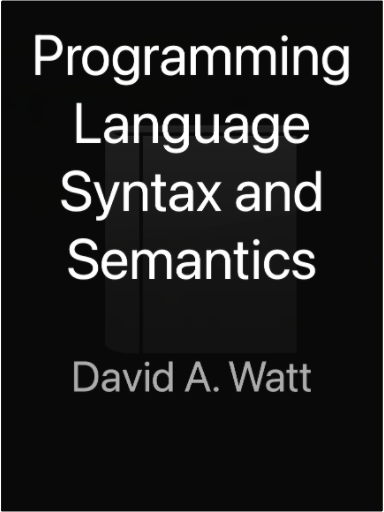
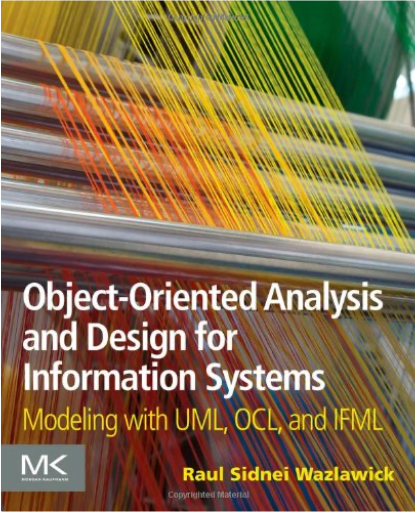

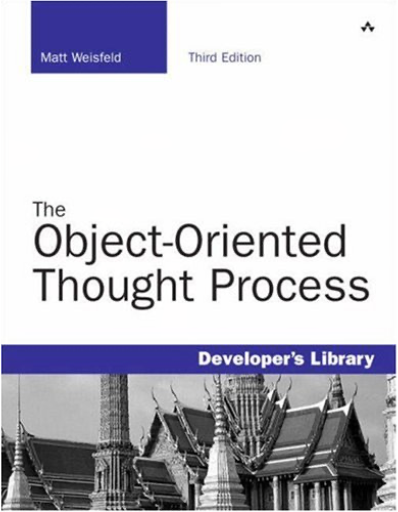
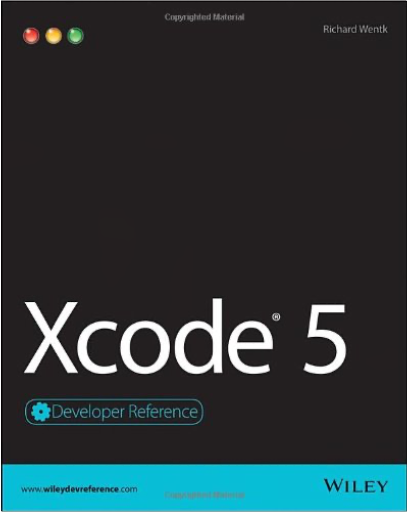
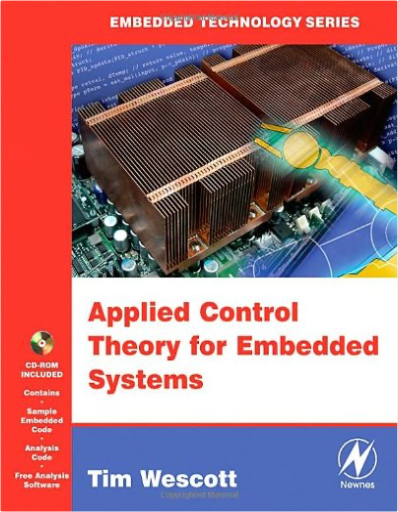
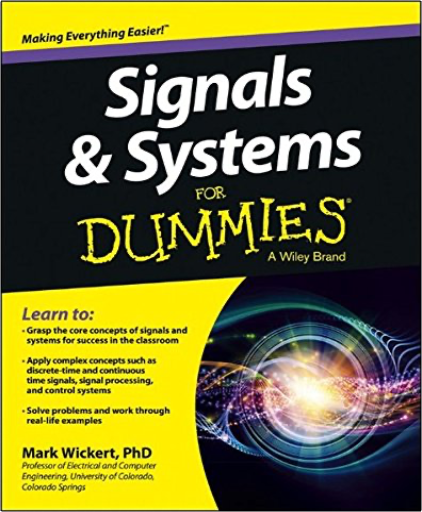
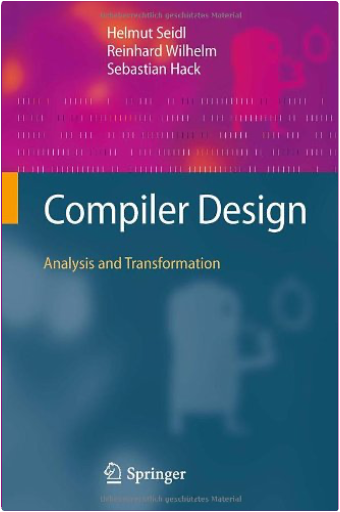
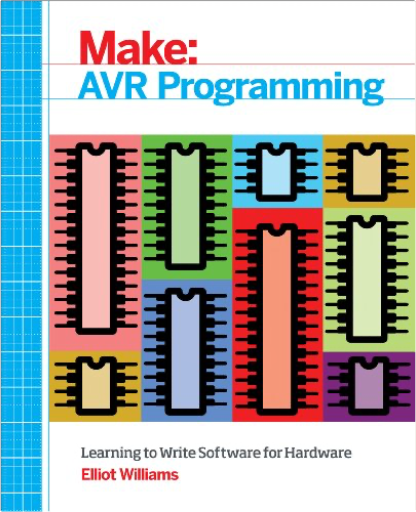
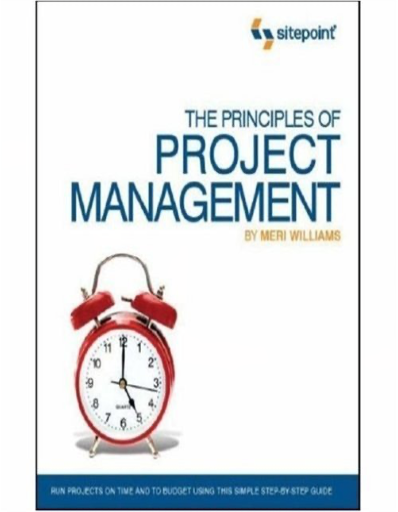
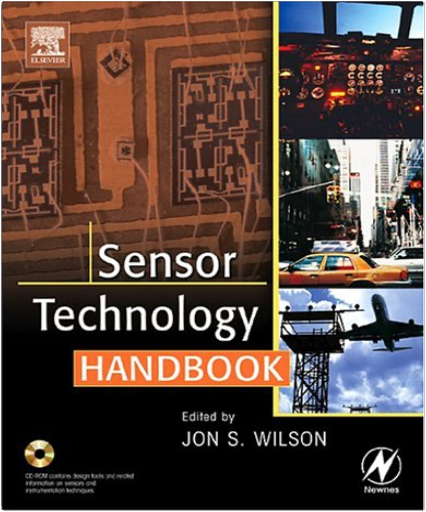
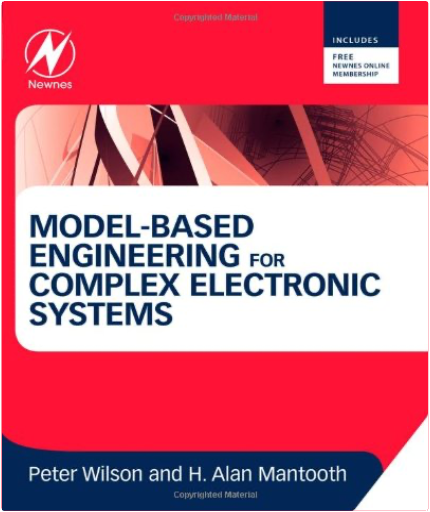


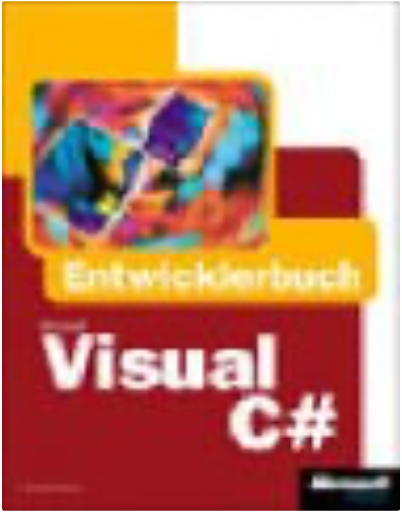
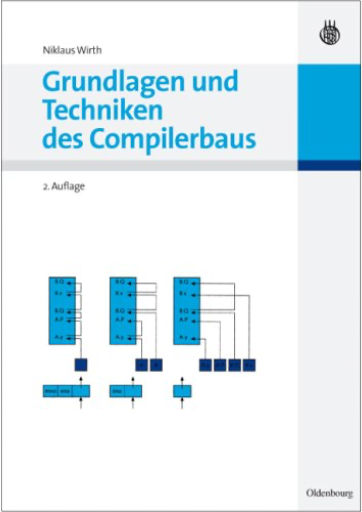
 Made with Delicious Library
Made with Delicious Library